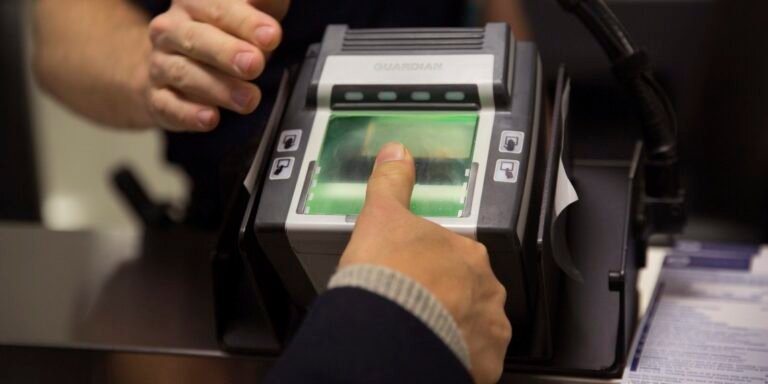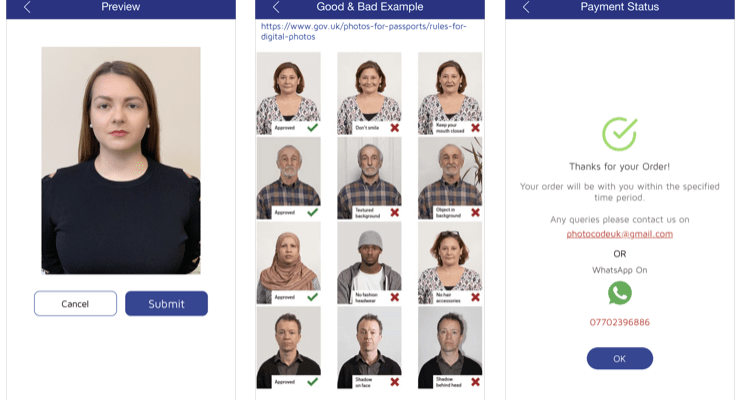Significance of Good Lighting in Passport Photos
Good lighting in passport photos: Passport photos serve as essential identification documents, representing individuals in various official capacities. Among the critical elements in capturing a high-quality passport photo, illuminating accurate facial features stands out as a crucial factor. Proper lighting techniques play a significant role in eliminating shadows, enhancing clarity, and ensuring the visibility of essential details. This essay explores the importance of illuminating accurate facial features in passport photos, highlighting the impact it has on capturing a true representation of an individual’s appearance for identification purposes.
Eliminating Shadows

One of the primary challenges in capturing accurate facial features in passport photos is the presence of shadows. Shadows can obscure vital details, distort facial contours, and hinder the identification process. Proper lighting techniques are essential in eliminating shadows and ensuring a well-lit face. By positioning the light source correctly and using diffused lighting, photographers can minimize the presence of shadows. This allows for an accurate representation of facial features, enabling easy identification and verification by immigration authorities.
Enhancing Facial Clarity

Good lighting techniques significantly contribute to the overall clarity of a passport photo. Adequate illumination ensures that facial features are well-defined and easily discernible. By providing sufficient light, photographers can capture sharp and clear images, enhancing the visibility of facial attributes. This clarity is crucial in accurately representing an individual’s appearance and allows for reliable identification, particularly when manual scrutiny or automated facial recognition systems are employed.
Consistent Lighting for Biometric Identification

In an increasingly digitized world, biometric identification systems play a significant role in immigration processes and security measures. These systems rely on accurate facial features to match individuals with their passport photos. Consistent lighting is vital for successful biometric identification. Proper lighting techniques help minimize variations in lighting conditions and ensure uniform illumination across the face. This consistency allows for reliable comparison and matching, improving the accuracy and efficiency of biometric identification systems.
Avoiding Distortion of Facial Proportions

Photographs with distorted facial proportions can lead to difficulties in the identification and verification processes. Harsh lighting or uneven shadows can create misleading contours, making it challenging to recognize an individual accurately. By employing appropriate lighting techniques, such as soft and diffused light sources, photographers can capture facial features without causing distortions. This ensures that the proportions of the face remain accurate and faithful to the individual’s appearance. By avoiding distortion, passport photos become reliable tools for identification and help maintain the integrity of official documentation.
Furthermore, the elimination of shadows through appropriate lighting techniques is essential to ensure that facial features are clearly visible and unobstructed. Shadows can distort the appearance of facial attributes, making it challenging to identify individuals accurately. By strategically positioning the light source and employing diffused lighting, photographers can minimize the presence of shadows, allowing for a well-lit face that accurately represents the individual’s features.
In addition to eliminating shadows, good lighting techniques contribute to the overall clarity of passport photos. These features are unique to each individual and play a significant role in identification. Proper lighting ensures that these features are captured accurately, allowing for easy recognition and verification. By providing adequate illumination, photographers can capture the intricate details of the eyes, such as color, shape, and expression, which are crucial identifiers. Similarly, proper lighting techniques enhance the visibility of the nose and the mouth, capturing their shape and characteristics, which can aid in the identification process.
Consistent lighting is particularly vital for biometric identification systems, which rely on accurate facial features for matching purposes. Inconsistent lighting conditions can introduce variations in the appearance of facial attributes, leading to difficulties in accurate identification. Proper lighting techniques help minimize these variations and ensure uniform illumination across the face. Consistency in lighting allows for reliable comparison and matching, enhancing the accuracy and efficiency of biometric identification systems used in immigration processes and security measures.
Finally, proper lighting techniques help avoid the distortion of facial proportions in passport photos. Harsh lighting or uneven shadows can create misleading contours, altering the perceived shape and proportions of the face. By employing soft and diffused light sources, photographers can capture facial features without causing distortions, ensuring that the proportions of the face remain accurate and faithful to the individual’s appearance. This accuracy is crucial in maintaining the integrity of official documentation and facilitating accurate identification.
Conclusion
illuminating accurate facial features is crucial in capturing high-quality passport photos. By eliminating shadows, enhancing facial clarity, ensuring the visibility of crucial facial features, providing consistent lighting for biometric identification, and avoiding distortion of facial proportions, photographers can create reliable representations of individuals for identification purposes. The use of proper lighting techniques enhances the accuracy, clarity, and reliability of passport photos, facilitating smoother immigration processes, improving security measures, and ensuring the integrity of official documentation. As technology advances and reliance on automated systems increases, the significance of illuminating accurate facial features in passport photos becomes even more critical. It is imperative for photographers, individuals, and authorities alike to understand and prioritize the importance of proper lighting techniques to ensure that passport photos fulfill their purpose effectively in an increasingly interconnected world.
Download application
Android Application for free download



